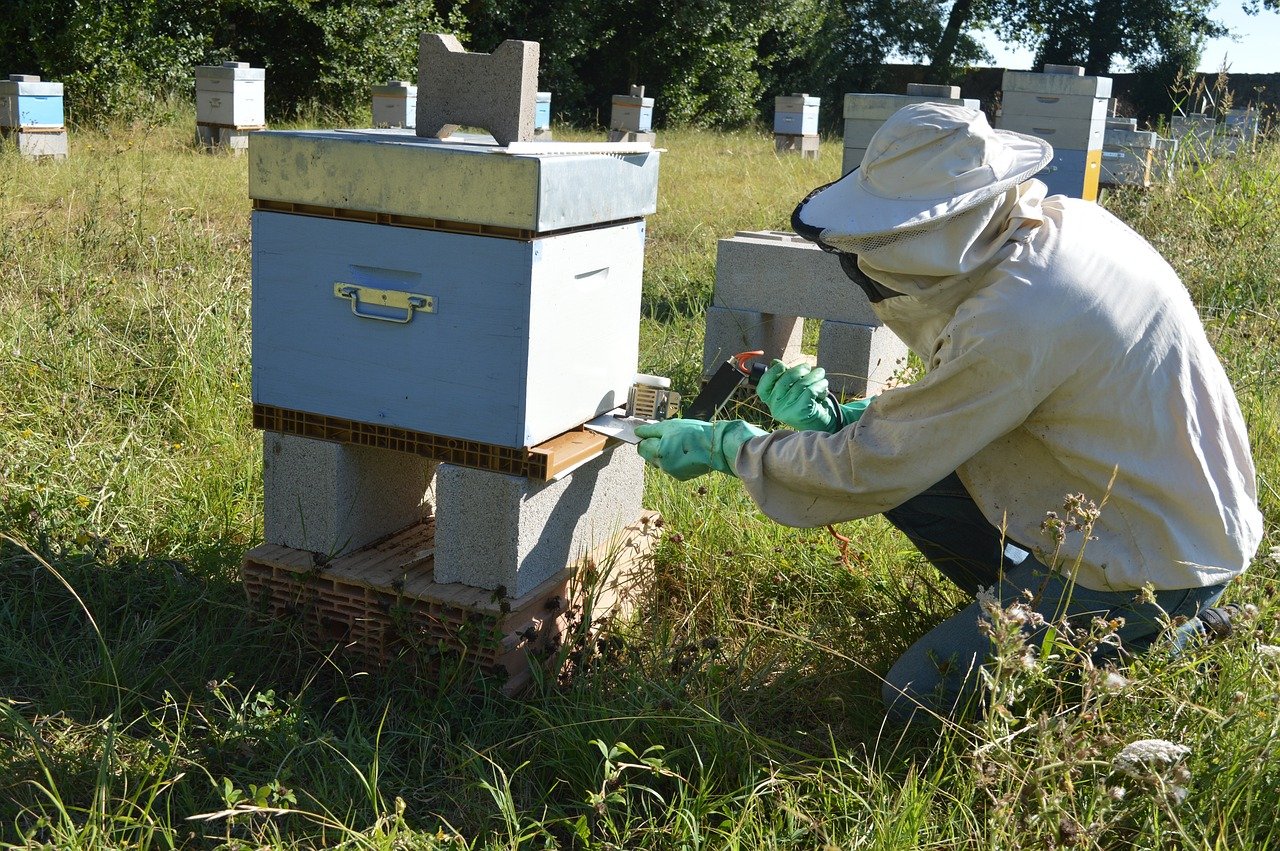Have you ever wondered if the foods you eat could be secretly sabotaging your athletic performance? It’s an intriguing thought, isn’t it? As you strive for peak performance, every nutrient, every snack, might be either aiding or hindering your progress. Among these often overlooked culprits are oxalates. Let’s embark on an enlightening journey to understand what oxalates are, how they affect your body, and what this means for your athletic endeavors.

Understanding Oxalates
Oxalates are naturally occurring compounds found in a variety of plants. While they might sound exotic or unfamiliar, they’re present in many foods considered healthy. Spinach, rhubarb, beets, and even chocolate are rich in oxalates. But what exactly do these compounds do?
At their core, oxalates can bind with minerals in your body, creating compounds like calcium oxalate. These are poorly absorbed in your intestines, which is why high-oxalate diets can contribute to the dreaded kidney stones. But what does this mean for someone pushing their body to its limits in sports and athletics?
The Science Behind Oxalates
To genuinely appreciate the impact of oxalates, it’s essential to examine their interactions at a microscopic level. Oxalates primarily interfere with mineral absorption. This interference could be particularly significant with calcium, a crucial mineral for muscle function, nerve signaling, and bone strength. The formation of calcium oxalate not only hinders calcium absorption but can also crystallize, forming kidney stones.
Sources of Oxalates
Let’s look more closely at where oxalates are found. Knowing your enemy is half the battle, right?
| High-Oxalate Foods | Oxalate Content (mg/100g) |
|---|---|
| Spinach | 750 |
| Rhubarb | 500 |
| Beets | 150 |
| Almonds | 120 |
| Dark Chocolate | 170 |
| Sweet Potatoes | 50 |
These figures might change slightly depending on preparation methods, but they give a clear picture of the foods high in oxalates. If these foods are regular staples in your diet, it’s something worth considering, especially if accompanying symptoms arise or your athletic performance seems mysteriously stunted.
Oxalates and Athletic Performance
Now, let’s explore the direct effects of oxalates on your athletic performance. After all, who doesn’t want to optimize their training results and competitive edge?
Impact on Mineral Absorption
As mentioned, oxalates can interfere with the body’s mineral absorption processes. Consider calcium, for instance. This mineral is essential for maintaining bone health—a critical component for any athlete. If your body isn’t absorbing enough calcium due to excessive oxalate levels, it could lead to weakened bones, increasing your risk of fractures and other injuries that could severely set back your performance.
Muscle Function and Energy Levels
Magnesium is another mineral impacted by oxalates. It’s a crucial cofactor in over 300 enzymatic reactions, including those involved in energy production and muscle relaxation and contraction. Poor magnesium absorption equates to diminished energy levels and increased muscle fatigue, neither of which are your friends during a strenuous workout or competition.
Oxalates and Energy Metabolism
While we champion vigorous energy for top-tier performance, oxalates can sneakily deplete your stores. By binding with iron, they can lead to iron deficiencies. Iron is indispensable for hemoglobin production—and by extension, your body’s oxygen transport. Insufficient oxygen to your muscles means reduced endurance and heightened fatigue.
Risk of Kidney Stones
Remember those pesky calcium oxalate crystals? Athletes often consume more water and supplements compared to the average person. A higher intake of protein, sometimes found in many supplements, might contribute to kidney stone formation when paired with oxalates. Kidney stones can cause severe pain and even require medical intervention, distracting you from training and competition.

Living with Oxalates
The relationship between oxalates and your health, especially if you’re striving for athletic excellence, isn’t merely about avoidance but balance. Reducing oxalate intake can often prevent many of the negative impacts.
Moderation is Key
While the thought of giving up spinach or chocolate entirely may cause a small gasp, the key is moderation. Understand which foods are high in oxalates and consume them sparingly. Diversifying your diet can ensure you still receive essential nutrients without excessive oxalate intake.
Hydration and Supplementation
Stay hydrated! Proper hydration helps maintain optimal bodily function and can aid in flushing oxalates through urine instead of contributing to stone formation. And when you think of supplementation, consult with a healthcare professional to ensure you’re not doubling down on high-oxalate supplements while reducing dietary sources.
Swap High-Oxalate Foods
If your diet is heavy in high-oxalate foods, consider some alternatives. Instead of spinach, you might opt for kale or arugula. Sweet potatoes could be swapped for squash or pumpkin.
| Alternative Foods | Oxalate Content (mg/100g) |
|---|---|
| Kale | 20 |
| Arugula | 10 |
| Squash | 15 |
| Pumpkin | 10 |
Implementing these changes can significantly impact your overall oxalate intake without sacrificing nutritional quality.

Conclusion: A Balanced Approach to Nutrition
Taking control of your diet with awareness of oxalate content can be an empowering step toward enhancing your athletic lifestyle. By making informed decisions, you preserve and optimize not just your bone and muscle health, but also maintain high energy levels, ensuring that your body is as finely tuned as your training regimen.
Ultimately, understanding oxalates and their effects equips you with the knowledge to forge a diet that’s uniquely tailored to support your athletic endeavors. When you can recognize what works against you and what supports you, each bite becomes a strategic step towards achieving your personal best, both in training and competition. Isn’t it reassuring to think you have the power to tip the scales in your favor?

